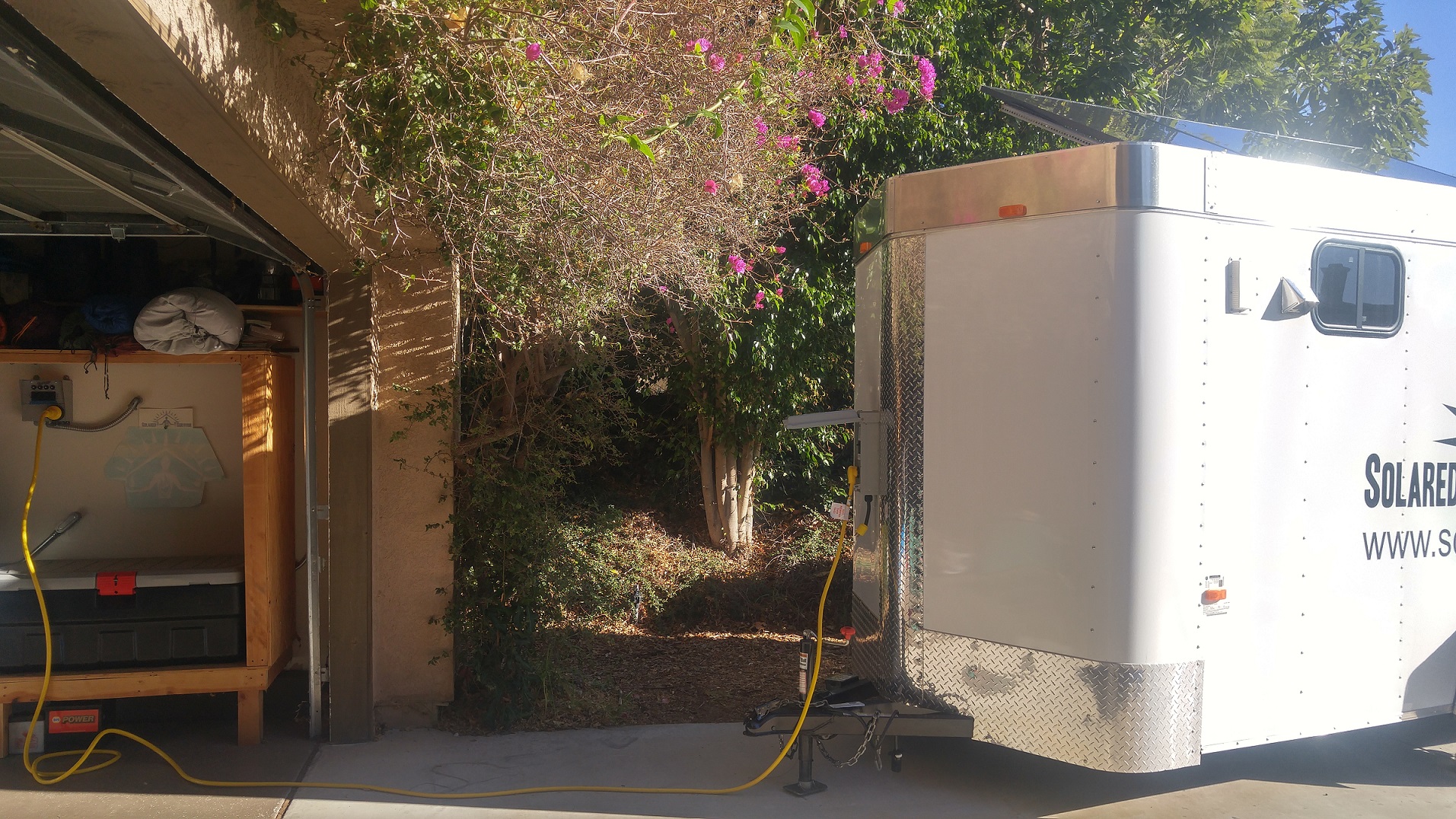A 3D Printer Converts Ideas to Objects

The invention and evolution of the 3D Printer, is the real game changer in the 3D CAD Modeling world. 3D CAD Models can now be "printed" and in a matter or hours, you can be holding a part you were just looking at on your computer screen. This opens up a whole new realm of opportunities at so many different levels.

3 Levels of Opportunity Made Possible Because of a 3D Printer
Level 1 - If you have an idea or invention in your head, you really can self-teach yourself 3D CAD with the help these CAD software's provide and have your part or invention in your hand within a few hours.
Level 2 - A cost effective way to have a high volume of plastic or rubber parts made, is to have them made from a mold. A mold consist of 2 or more metal pieces, that when assembled together, form a void space in the shape of the part you want. The mold is injected and filled with the heated, liquid form of that parts material. The material is allowed to cool, the mold opens up, and the part is then ejected from the mold.
Molds are expensive and you are limited in the modifications you can make to them after they are built. You want to make sure the mold is made right to create the exact part you want. In the old days, people would spend weeks, if not months, shaping and perfecting a parts design out of clay. The clay part would now become the void area of the mold. Since the part coming out of the mold would be a different material than clay, proper functional tests didn't happen until after it was molded. It may work, it may not.
Now you can print out your exact part in hours. And since these 3D printers can print in materials with very similar properties as the finished molded parts material would be, you can perform apples to apples functional tests to see if the design works. Way ahead of paying for any mold. The mold is simply made from the same 3D CAD Model you had printed and tested.
Level 3 - A huge advantage of 3D printing, is you can make parts that couldn't be made before. When you're designing parts, you always have to think about how it would be made. If it's a molded part, you need to make sure you can remove the part from the mold, no undercuts. If it's a machined part, you need to make sure the cutting tool has a clear path to the faces or features you want machined. 3D printing eliminates that. You can print anything and never have to think about how it will be made.

Not Cost Effective
A 3D printer is not a cost effective way to have parts manufactured. It's great for proto-typing and testing a part design before having a mold made or before going into production. But you don't want to depend on 3D printing as a means of production. And the only parts you want to design that can only be manufactured via a 3D printer, are parts you only need 1 or a few of, for custom applications. I only did it once and it was a part that went on a piece of in-house inspection equipment for my company and it's lasted years.


 Primm, Nevada
Working our way home through Nevada, had to stop to get a shot of the Trailer with the Solar Plant in the backdrop.
Primm, Nevada
Working our way home through Nevada, had to stop to get a shot of the Trailer with the Solar Plant in the backdrop.
New! Comments
Have your say about what you just read! Leave me a comment in the box below.